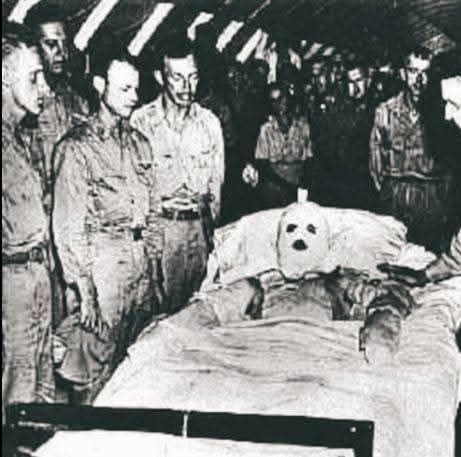In April 1945, Master Sgt. Henry Erwin, just 23 years old, was aboard a B-29 bomber high above Japan. His role was to drop white phosphorus bombs to mark enemy targets. But one of those bombs misfired — bounced back into the cabin — and struck him directly in the face.
The phosphorus exploded, blinding him and burning deeply into his flesh. Smoke filled the plane. The bomb kept burning — seconds away from igniting the entire aircraft and everyone inside. But Erwin didn’t hesitate.
Despite being on fire and unable to see, he picked up the canister, held it against his chest, and began crawling blindly through the smoke-filled plane. He reached a table blocking his path — lifted it with one arm while still clutching the burning bomb in the other — and made it to a cockpit window. Then, with the last of his strength, he threw the bomb out.
He collapsed, engulfed in flames.
His crewmates put out the fire. He asked only one thing: “Is everyone else okay?”
Surgeons worked for hours, digging flecks of phosphorus from his eyes — each piece reigniting when touched by air. No one believed he’d survive. But just seven days later, still bandaged and broken, Henry Erwin was awarded the Medal of Honor — the only one available, taken from a display case in Honolulu and rushed to his bedside in Guam.
And against all odds… he lived.
